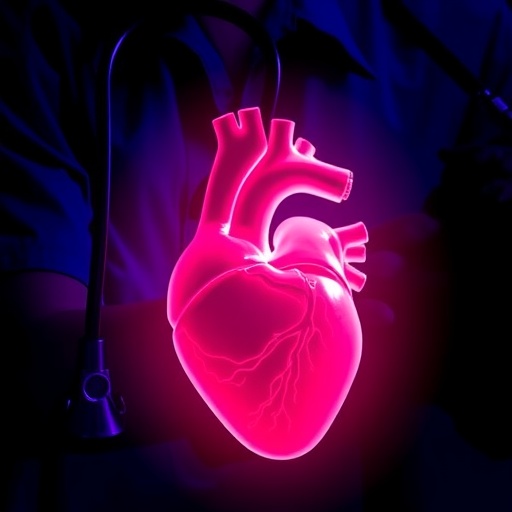
Credit: University of Warwick
A microbial community is a complex, dynamic system composed of hundreds of species and their interactions, they are found in oceans, soil, animal guts and plant roots. Each system feeds the Earth’s ecosystem and their own growth, as they each have their own metabolism that underpin biogeochemical cycles.Professor Orkun Soyer, School of Life Sciences, University of Warwick.
The same community-level metabolic rates are exploited in biotechnology for water treatment and bioenergy production from organic waste, thus the ability to capture microbial growth rates and metabolic activities within the communities is key for modelling of planetary ecosystem dynamics, animal and plant health and biotechnological waste valorisation.
Models of such systems should account for both kinetic and thermodynamic constraints inherent in microbial growth, which is a challenge due to the complexity of these systems.
However in the paper, ‘Thermodynamic modelling of synthetic communities predicts minimum free energy requirements for sulfate reduction and methanogenesis’ published today, the 6th May, in the Journal of the Royal Society Interface, researchers from the School of Life Sciences at the University of Warwick have produced an extendable thermodynamic model for simulating the dynamics of microbial communities.
To develop and calibrate a thermodynamic model of microbial growth and metabolite dynamics in a microbial context, researchers focused on defined anaerobic synthetic communities – these communities breakdown biodegradable material in the absence of oxygen.
They used a recently developed experimental model system for studying syntrophic interactions among sulfate reducers and methanogens, which make up a key part of anaerobic microbial communities found in reactors and freshwater and estuary sediments.
Researchers found the minimum energy requirement for a given metabolic pathway, providing evidence that experimental data can be used to estimate energy requirements of microbial pathways, and that such estimates for methanogenesis (the production of methane) and sulfate reduction.
Professor Orkun Soyer, from the School of Life Sciences at the University of Warwick comments:
“Microbes are crucial in mediating biochemical conversions in the environment. These conversions ultimately allow higher organisms like us and plants to obtain the metabolites that they need for living, and underpin biogeochemical cycles that make Earth a habitable planet. Better understanding these processes requires modelling the biochemical conversions mediated by microbes.
“Our recent work creates a generalisable platform for this purpose and introduces a thermodynamic model of microbial conversions. This model better captures dynamics of metabolic conversions and provides estimates of minimal energy requirements of such conversions from experimental data.”
###
NOTES TO EDITORS
Paper available to view at: http://rsif.
High-res images available credit to the University of Warwick at:
https:/
Caption: Professor Orkun Soyer, School of Life Sciences, University of Warwick
Full list of authors: Hadrien Delattre, Jing Chen, Matthew Wade and Orkun S. Soyer
FOR FURTHER INFORMATION PLEASE CONTACT:
Alice Scott
Media Relations Manager – Science
University of Warwick
Tel: +44 (0) 7920 531 221
E-mail: [email protected]
Media Contact
Alice Scott
[email protected]
Original Source
http://warwick.
Related Journal Article
http://dx.




